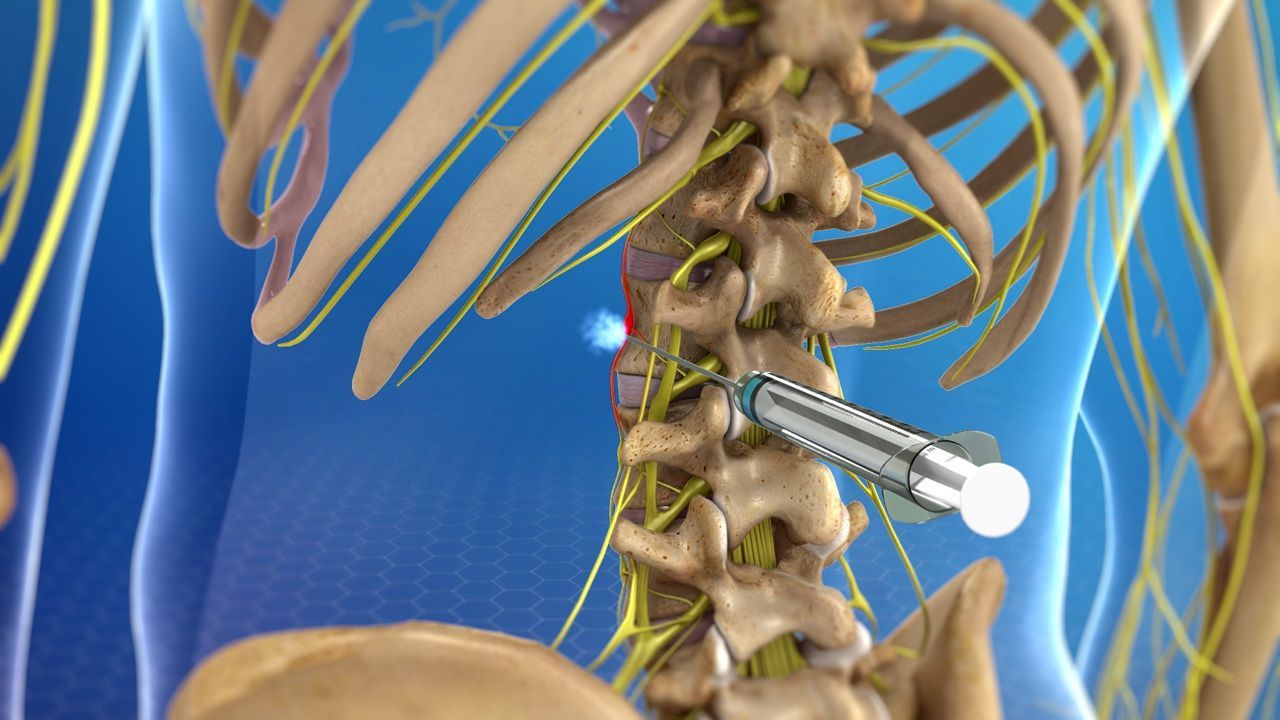Lumbar Sympathetic Block
A Lumbar Sympathetic Block is a diagnostic and therapeutic procedure used to treat chronic pain in the lower back, legs, and feet, often caused by conditions like complex regional pain syndrome (CRPS), nerve injuries, or vascular problems. The procedure involves injecting an anesthetic around the sympathetic nerves located in the lower back (lumbar region), which helps block pain signals from reaching the brain. By doing this, the treatment aims to reduce or eliminate chronic pain that does not respond well to other methods.
The lumbar sympathetic block can also be used as a diagnostic tool to confirm whether the sympathetic nerves are involved in the patient’s pain. If significant relief is achieved after the block, it indicates that these nerves are contributing to the pain, and further treatments may be tailored to address this.
Lumbar Sympathetic Block
If you suffer from chronic lower back or leg pain, a Lumbar Sympathetic Block may offer the relief you're looking for. This minimally invasive procedure targets the sympathetic nerves in your lower back, which play a role in transmitting pain signals to your brain.
What to Expect for the Treatment?
The Lumbar Sympathetic Block is a minimally invasive outpatient procedure that takes about 30 minutes. Patients may be given a mild sedative to help them relax, but the procedure is usually performed under local anesthesia.
During the procedure, the patient lies on their stomach. Using fluoroscopy (live X-ray) for guidance, the physician carefully inserts a thin needle near the lumbar sympathetic nerves, which are located on either side of the spine in the lower back. Once the needle is positioned correctly, the physician injects a local anesthetic around the nerves to temporarily block their function. Sometimes, additional medication such as steroids may be included to reduce inflammation in the area.
Most patients feel relief shortly after the injection, though the duration of relief can vary depending on the cause of the pain and the patient’s overall health. Some may experience relief lasting from a few days to several months, and repeat injections might be necessary for long-term management of chronic pain.
Post-Treatment Expectations:
Patients are monitored for a short time after the procedure to ensure there are no immediate side effects. Most people can go home within an hour. Some mild discomfort at the injection site or temporary numbness in the legs may occur, but these symptoms typically resolve within a few hours.
Recovery and activity:
Patients are encouraged to take it easy on the day of the procedure, but most can return to normal activities the following day. If the block provides significant pain relief, this can help patients engage in physical therapy or other rehabilitative treatments to address the underlying cause of their pain more effectively.

Interested in our medical services? We’re here to help!
We want to know your needs exactly so that we can provide the perfect solution. Let us know what you want and we’ll do our best to help.
